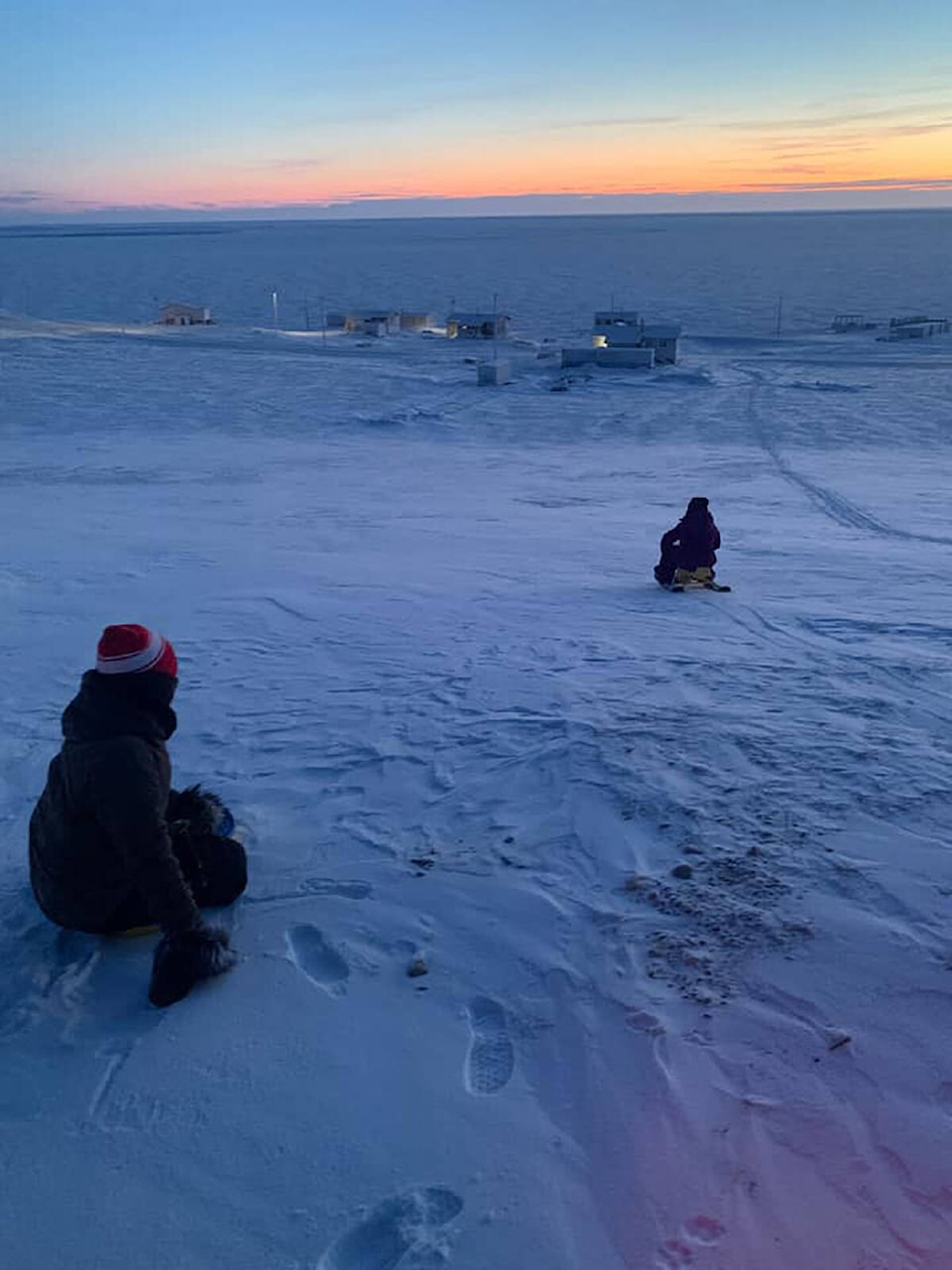Small communities in the Beaufort Delta region continue to require the highest livable wage for a two-parent household in the NWT, while the Tłı̨chǫ region’s wage needs rank the lowest, according to a recent Alternatives North report on livable wages in small communities.
For a two-parent household, the Beaufort Delta region had the highest average livable wage, including the four most expensive small communities and seven of the 10 most expensive of the 23 communities analyzed across the two studies.
Of these 23 communities, Sachs Harbour was the most expensive, requiring a livable wage of $24.90 per hour. By contrast, Fort Providence was found to be the cheapest individual community, at $17.61 per hour.
The smaller communities included in this study are those for which the NWT Bureau of Statistics has published a Community Price Index for food, and a living cost differential, which compares the retail prices of goods and services in remote communities with larger “point of comparison” cities across the country. Alternatives North acknowledges in the report that the former measure doesn’t factor in certain family expenses, including clothing and furniture.
The study concedes several other limitations as well: the livable wage doesn’t factor in non-essential expenses like hobbies, sports or pets, nor things like debt payment, retirement savings or disability-related expenses.
The report says that although the livable wage estimates are strongly correlated with the cost differentials of food and living, “the wage estimates provide a more tangible and relatable comparative measure of affordability for working households.”
An Alternatives North report from March identified the livable wage in the four hub communities of Yellowknife, Fort Smith, Hay River and Inuvik. Of these, Yellowknife had the highest need at $23.28 for a two-parent and two-child household, while Fort Smith was the lowest at $18.07. These figures were calculated using the Canadian Living Wage Framework (CLWF).
However, the report acknowledges, applying this framework to the territory’s small communities presents challenges, including “the limited supply of market housing in many communities (which) creates a particular context not contemplated within the CLWF.”
Ben McDonald from Alternatives North told NNSL Media after the publication of the large communities report “there’s a really restricted rental housing market, there is, in some of the smaller communities, no place to buy clothes, no place to buy food, or at least very limited.”
These factors make it difficult to determine an accurate cost of living in these communities.
McDonald said a universal basic income would alleviate much of the financial burden on NWT residents, as well as greater access to social and affordable housing.
“The big areas where the where the costs (are high) are housing and food, so any programs that would reduce the costs for that would would be helpful, but the easiest thing probably would be the implementation of a basic income,” he said.
